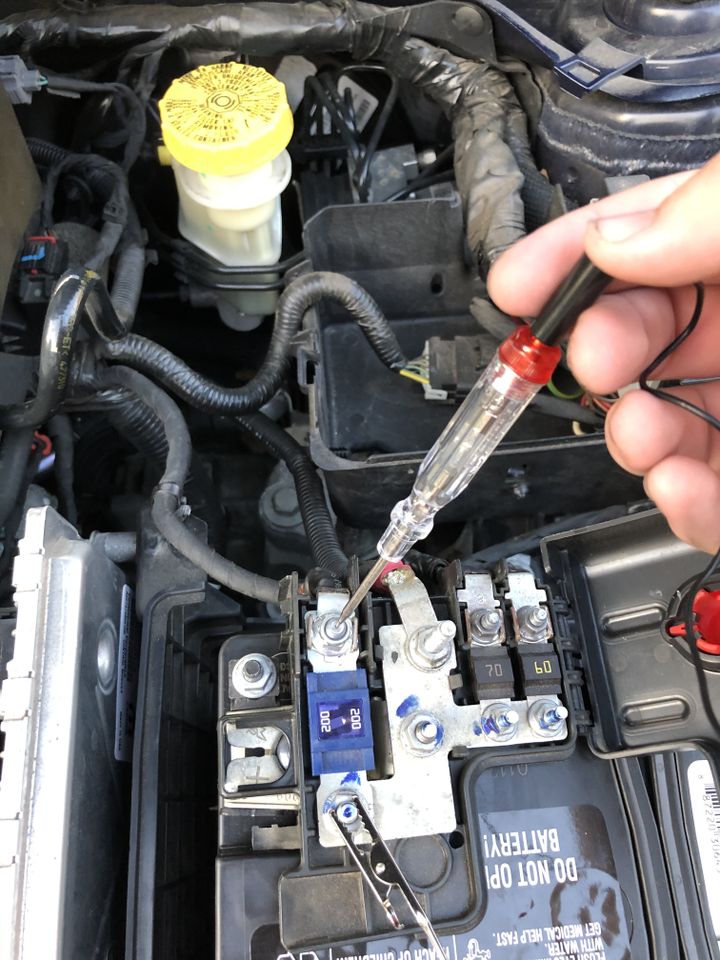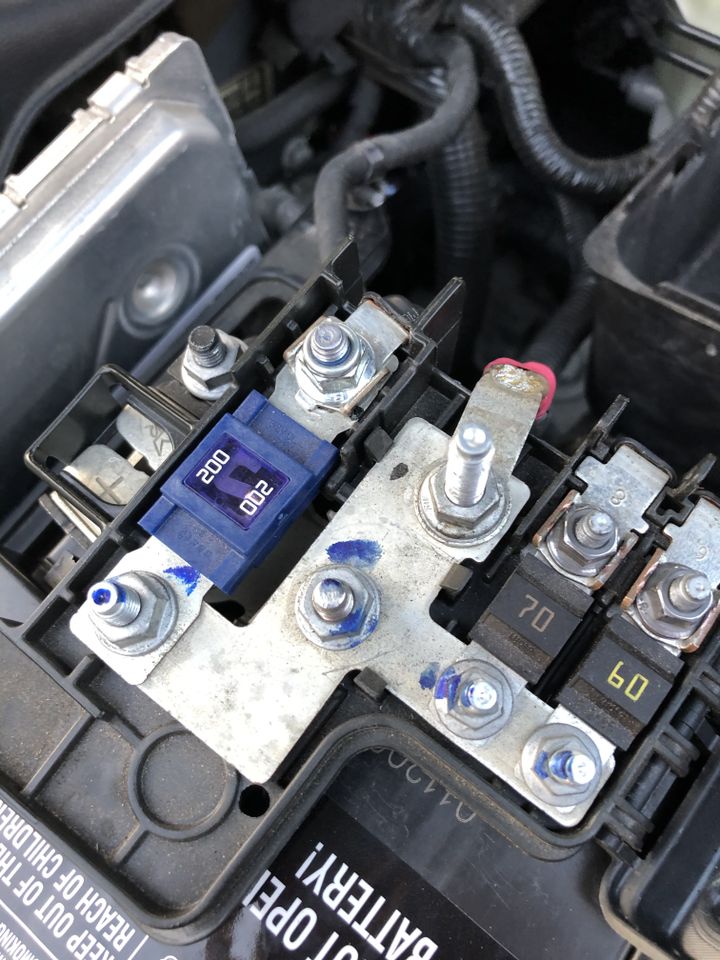


It's a frustrating scenario – you turn the key, and your Dodge Dart refuses to start, yet the lights and accessories are working fine. This no-crank condition can leave you stranded, but understanding the potential causes can help you diagnose and resolve the issue efficiently.

Before diving into the causes, let's briefly understand how the starting system works:
| Component | Function |
|---|---|
| Battery | Provides electrical power to crank the starter motor |
| Starter Motor | Cranks the engine to initiate the starting process |
| Starter Solenoid | Engages the starter motor when the key is turned |
| Starter Relay | Supplies power to the starter solenoid |
| Ignition Switch | Sends the initial signal to the starter relay |
| Clutch Interlock Switch (Manual) | Prevents starter from cranking unless clutch is depressed |
Now, let's explore the most common reasons why your Dodge Dart won't start despite having electrical power:
A weak or discharged battery may lack the cranking power to turn over the starter motor, even though it can still power lights and accessories. Additionally, loose or corroded battery terminals can prevent sufficient power from reaching the starter.
If the starter motor or its solenoid is defective, it won't receive the necessary power or signal to crank the engine, resulting in a no-start situation. A clicking sound when trying to start often indicates a starter issue.
The starter relay and ignition switch are responsible for supplying power to the starter solenoid when you turn the key. If either component fails, the starter won't receive the signal or power to engage.
On manual transmission models, a faulty clutch interlock switch can prevent the starter from cranking unless the clutch pedal is fully depressed.
To identify the root cause, follow these steps:
Check battery voltage and connections:
Use a multimeter to test the battery voltage (should be 12.6V or higher)
Inspect for loose or corroded battery terminals
Test for power at the starter solenoid:
With the key in the "start" position, check for voltage at the solenoid's power input terminal
No voltage indicates an issue with the starter relay, ignition switch, or related wiring
Listen for a clicking sound when trying to start:
A clicking noise often signifies a faulty starter motor or solenoid
For manual transmissions, check the clutch interlock switch:
Ensure the switch is functioning correctly and allowing the starter to crank when the clutch is depressed
Once you've identified the culprit, here are some repair and maintenance tips:
Replace a dead battery or clean and tighten loose connections
Replace a faulty starter motor or starter solenoid
Replace the starter relay or ignition switch if defective
Adjust or replace the clutch interlock switch on manual transmission models
Regularly test the battery and clean battery connections
Inspect ground wire connections from the battery to the chassis
| Repair | When to Consider |
|---|---|
| Replace Battery | Voltage is low or battery is over 3-5 years old |
| Replace Starter | Clicking sound or no cranking despite good battery |
| Replace Starter Components | Starter relay, solenoid, or ignition switch is faulty |
| Adjust/Replace Clutch Switch | No-start issue on manual transmission models |
Remember, addressing the issue promptly can prevent further damage and costly repairs down the line.
By understanding the potential causes, following a systematic diagnostic approach, and addressing the issue promptly, you can often resolve a no-start condition with your Dodge Dart and get back on the road without excessive hassle or expense.
The starter solenoid engages the starter motor when the key is turned. It receives power from the starter relay and allows the starter motor to crank the engine.
A clicking sound when trying to start often indicates a faulty starter motor or starter solenoid. This means the starter is not receiving enough power or signal to crank the engine.
With the key in the "start" position, use a multimeter to check for voltage at the solenoid's power input terminal. No voltage indicates an issue with the starter relay, ignition switch, or related wiring.
The clutch interlock switch prevents the starter from cranking unless the clutch pedal is fully depressed. This is a safety feature found on manual transmission models.
You should consider replacing the battery if the voltage is low (below 12.6V) or if the battery is over 3-5 years old, as batteries tend to lose their ability to hold a charge over time.
If the starter relay or ignition switch is defective, the starter solenoid won't receive the necessary power or signal to engage the starter motor, resulting in a no-start condition.
Visually inspect the battery terminals for any signs of corrosion or looseness. You can also use a wire brush to clean the terminals and tighten the connections if necessary.
The ground wire connection from the battery to the chassis is crucial for completing the electrical circuit. A poor or corroded ground connection can prevent the starter from getting enough power to operate properly.
You should seek professional help if you're uncomfortable with electrical diagnostics and repairs, if the issue involves complex electrical components or wiring, or if multiple components need replacement, making professional labor more cost-effective.
Regular maintenance tips include testing the battery, cleaning battery connections, inspecting ground wire connections, and replacing the battery if it's old or showing signs of weakness.

Miguel started tinkering with car radios as a teenager, fascinated by the intricate dance of wires and circuits. This passion led him to pursue a career as an automotive electrician. For the past 10 years, Miguel has tackled everything from flickering headlights to mysterious electrical gremlins. He thrives on troubleshooting electrical problems and enjoys sharing his knowledge to empower car owners to understand their vehicles better.



